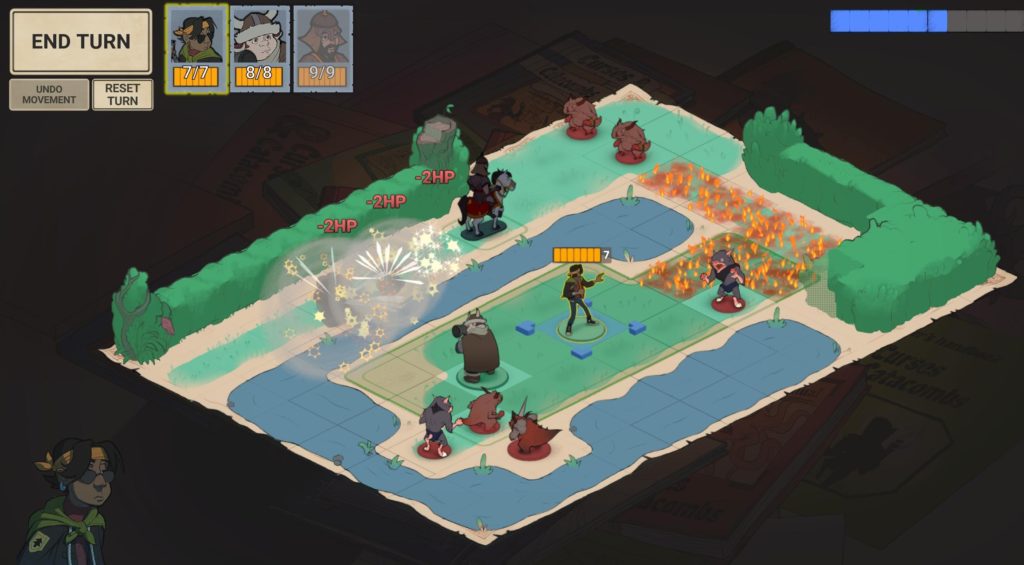
PC, Buried Treasure Gold
I have a feeling this is a treasure that won’t stay buried for long. Because this is something truly special – a fantastic combination of tactical RPG and visual novel, that tells the tale of bizarre goings on in a private American high school in 1981. It was the year all the school’s clubs were forced to battle it out in a series of snowball fights, to see who could become the supreme Ultimate Club, for reasons that baffle absolutely everyone involved.

You play as Alicia, a teenage girl who’s an enthusiastic member of the school’s C&C club. For which you can read “D&D”. Together with her friends Jacob and Colin, they regularly get together to play tabletop fantasy games, until the school’s deeply peculiar principal declares this most ludicrous of rules: there can only be one activity club, and it will be decided on the snowy battlefield. But fortunately, a group of teens familiar in the art of tactical warfare are perhaps just the group to best their sudden rivals, be they the equestrian club, New Wave enthusiasts, Young Monarchists, or, brrrrr, worst of all, the Student Council. These all play out as Advance Wars-style tactical RPG battles, with your ever-growing roster of characters, abilities, and special moves.
But it’s so much more than this knowingly weird conceit. The visual novel elements appear between the battles – be they the “snowball fights”, or one of the very many DMd tabletop games the club plays to practice and develop new tactics – as Alicia explores the grounds of the school, talks to the many other pupils, and completes side-quests for them usually based around further conversations.
And while there’s kind of sort of almost a romance storyline in there, no, thank the Lord this veers far away from the more usual content of a game that has “visual novel” and “high school” in its description. There’s not a hint of that business.

If anything, this game feels like the wokest reinterpretation of the possible lovechild of Phoenix Wright and those South Park games. Which is not a description I ever imagined I’d write. The gathering of new abilities for your limited roster of characters, and the turn-based tactical battles, certainly give that South Park game vibe, if absolutely nothing about the characters or dialogue even comes close. Phoenix Wright is because of the lovely eccentricity of many of the archetypes you meet, the whiz-slap sound effects accompanying shocked reactions, and the simplest of simple puzzles involving finding missing objects, or chattering to characters with obvious conversation choices.
And what’s so splendid here is every single piece of it works. The school exploration and chatting is all supremely well written, funny when it needs to be, and pleasingly blurs the line between fantasy and reality when it comes to the more idiosyncratic clubs, like perhaps the Psychic Detectives. This matches well with the game’s other rather outstanding quirk: the swallowed acceptance that somehow their D&D-based skills can ever somehow translate to a real-world situation. Don’t think about it, and it’s all a lot more fun.

The combat is blissfully simple. Which is to say, if you’re someone who complained that Wargroove was far too easy when it came out, then this isn’t going to be offering you the tactical teeth you’re after. This is a game for the rest of us, the ones who enjoy the first half of every Advance Wars game, and then quietly put it aside and pretend we have something else we need to be getting on with. That’s not to say there’s no challenge here, but you won’t be tearing your hair over minuscule decisions and meticulous character builds. It’s far more amenable to improvisation and desperation, which are my kind of tactics.
It’s also a sizeable game, with something like 40 battles, spaced out by the not inconsiderable narrative sections between. A lot of the narrative parts are optional, but completing them gets you extra bonus items to choose from before a battle takes place, and they’re all fun, well-written, and deliberately a significant part of the experience.

In fact, the most favourable thing I can say about Wintermoor is it gets exactly right what Murder By Numbers gets exactly wrong. The latter game is neither an interesting enough visual novel to capture that audience, nor a complex or busy enough picross game to capture the other. In the end it offers to little of either to satisfy, and too much of both to annoy. Wintermoor does quite the reverse. As someone who doesn’t have the patience for most visual novels’ incessant jibber-jabber but wants to enjoy them, and adores Advance Wars/Wargroove type games but lacks the tactical chops to complete them, it offers just the right amount of each to prove satisfying, and yet accessible to those new to either.
If I were being picky, I think I’d say that perhaps the battles could be better if there were some notion of chance involved in whether attacks will hit. If you or the enemy aims, it’ll make contact, and it is a shame that combat doesn’t offer that glimmer of hope that an enemy unit will miss at a crucial moment, or the extra layer of tactics of using terrain to improve your chance of success. For a game that’s based on a bunch of kids rolling dice, it does seem an odd omission. But at the same time, also simplifies things to be more accessible.

The art is delightful, really wonderful stuff. There’s great music. But best of all are the intricate details that permeate the whole experience, making this feel like something that should have come from an enormous team at Nintendo, rather than a handful of indies in Seattle. For instance, when introducing new characters to your D&D game, Alicia writes them a background and an introductory quest. This is done by your making selections from a series of multiple choices, to craft a specific tale, and wonderfully the details of your choices are then recognised in how the campaign is presented later. For one character I chose the idea of wanting to rescue a “pure horse”, rather than any of the four other choices, and the campaign completely centered on that. I honestly don’t care if it would have just cut-and-pasted in whichever other horse-based fantasy creature I’d picked – it felt incredibly specific as I played it, in a really special way.
This game has a deep love of tabletop gaming, and an appreciation for the inherent combination of silliness and reward it offers. I’m not nearly so convinced it has anything to say about “surviving high school” as its own blurb repeats, since it has no bearing to school whatsoever, not least because, er, there aren’t any lessons. But it makes for a great setting for a pleasingly daft premise, and one that remains intriguing and well disguised a good long way into the game.

This is a real treat, and could easily be twice the price for the amount it offers. I’m absolutely stunned by how good this is, and desperately hope that people will look back in confusion at its appearance on this site, when the rest of the games industry notices it. I do fear that it’ll be reviewed by tactical combat veterans, and thus misunderstood for what it’s trying to achieve. But hey, reviews editors read this site, so now they know!
Grab this with both hands. It’s really solid stuff, a fun story, and a lovely entry-level tactical combat game, and indeed infinitely more accessible visual novel.
- EVC / Versus Evil
- Steam
- £11/€13.50/$13.50
- Official Site
All Buried Treasure articles are funded by Patreon backers. If you want to see more reviews of great indie games, please consider backing this project.



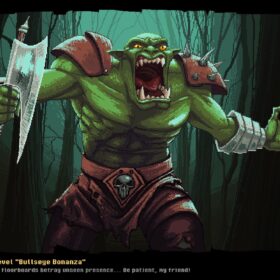



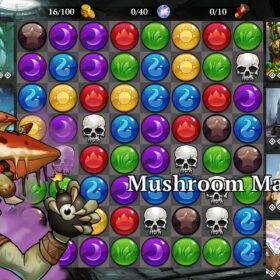
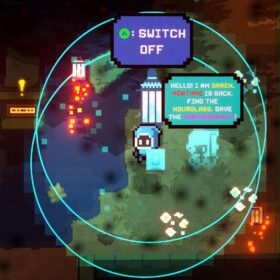





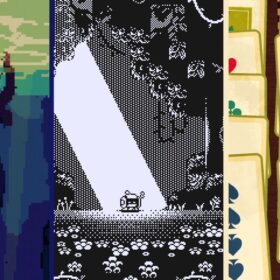



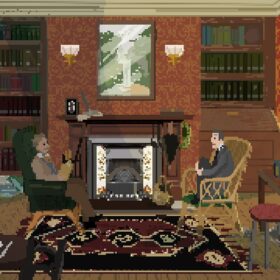
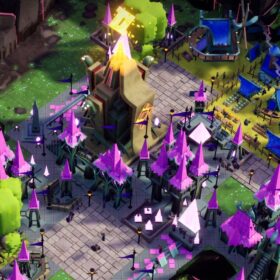
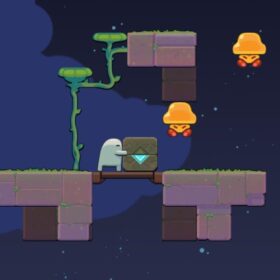


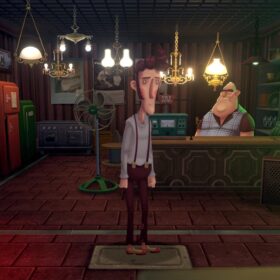
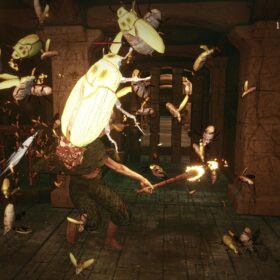

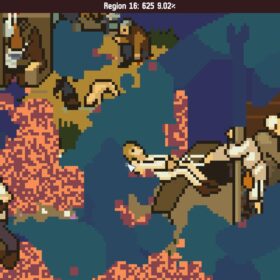
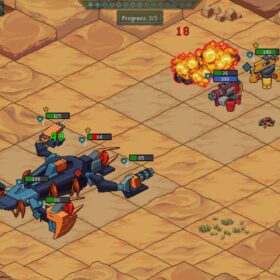



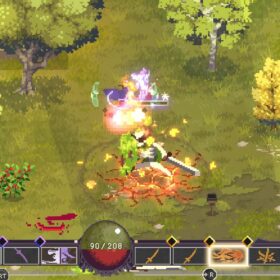
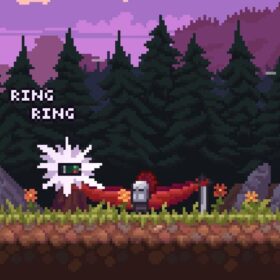

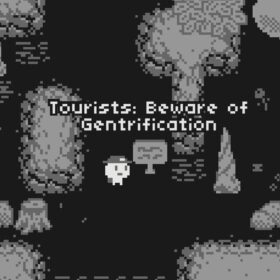


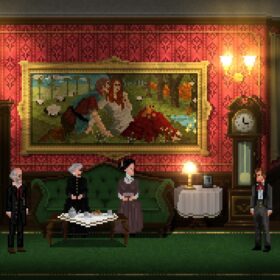

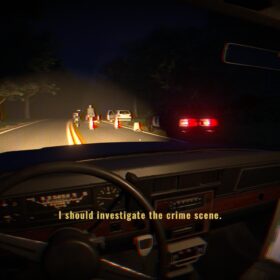

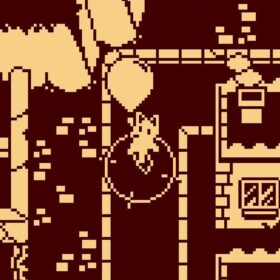
It looks cool! I’ll add it to my wishlist.
Nice, a passionate write up of a very interesting game. I will take your orders and promptly pop off to buy this 🙂
Good read! I like that I, now, have a fair understanding of what the game is about; both gameplay and atmosphere wise.
Wishlisted!